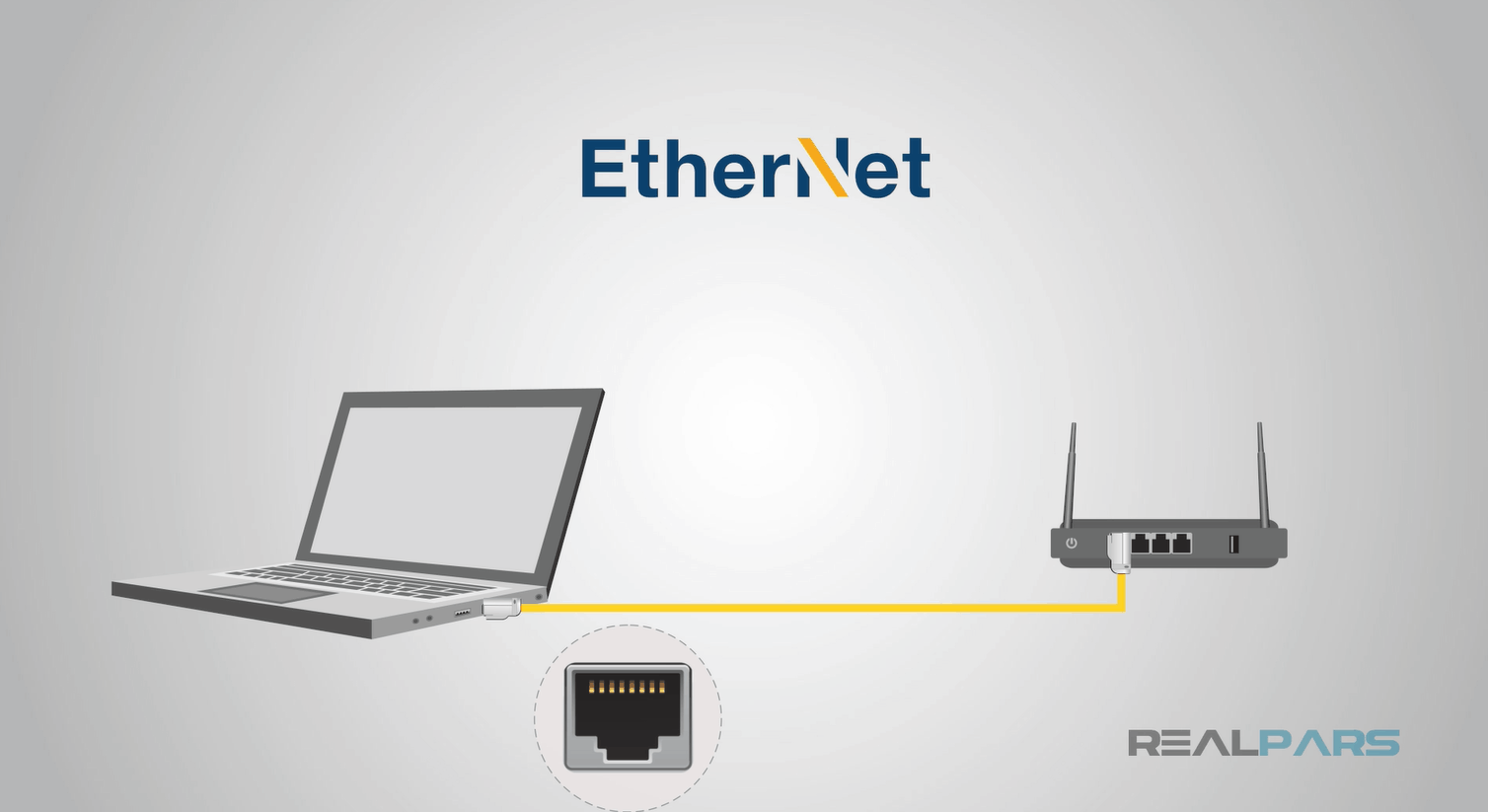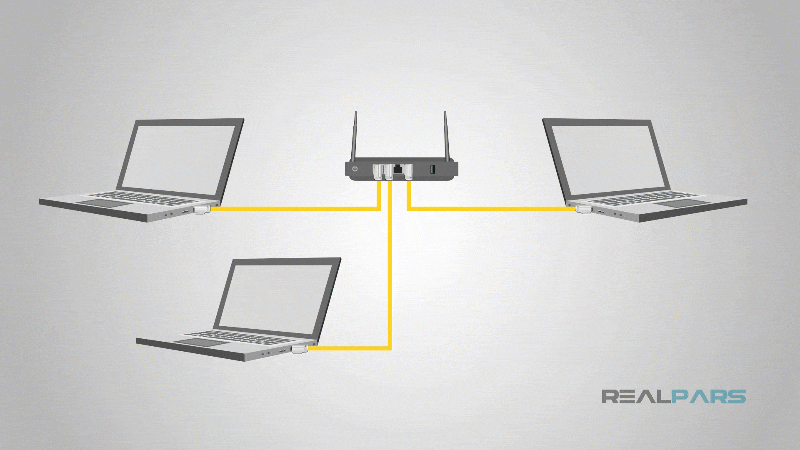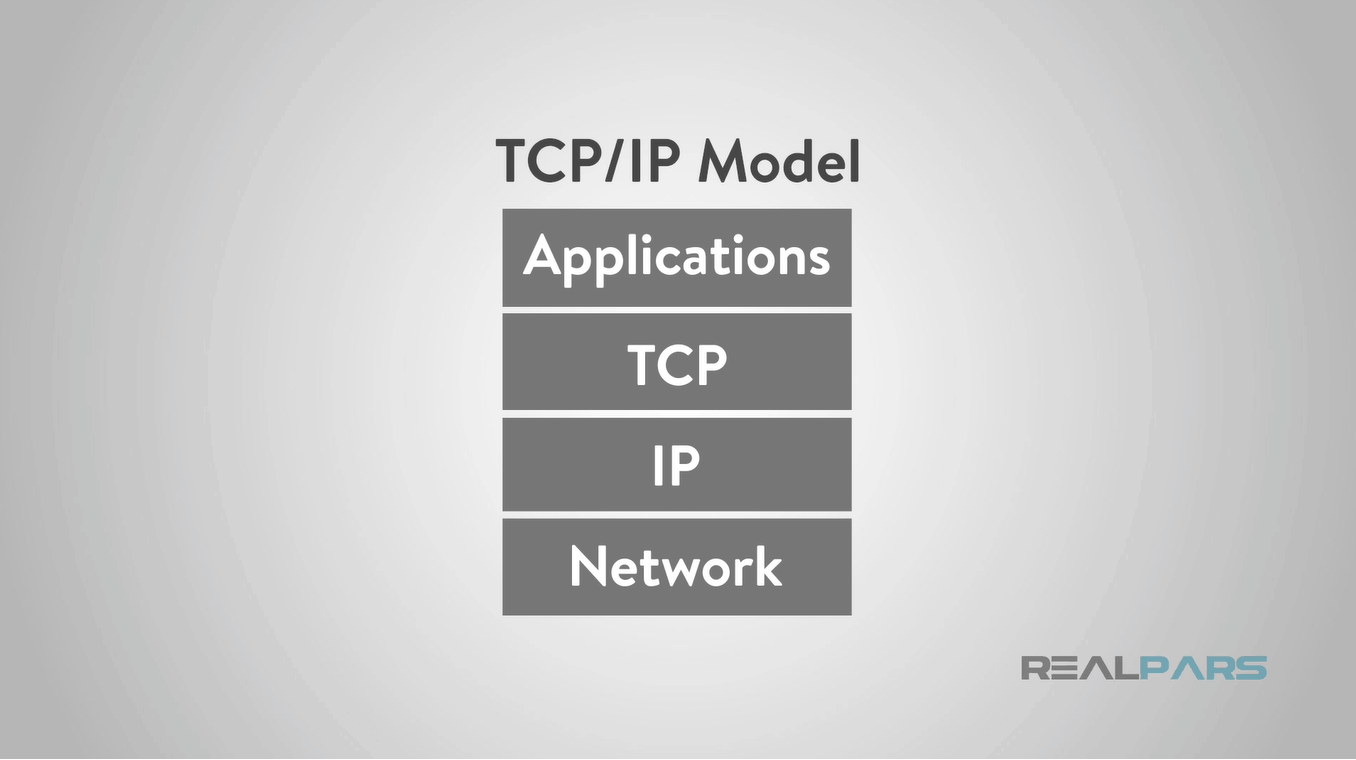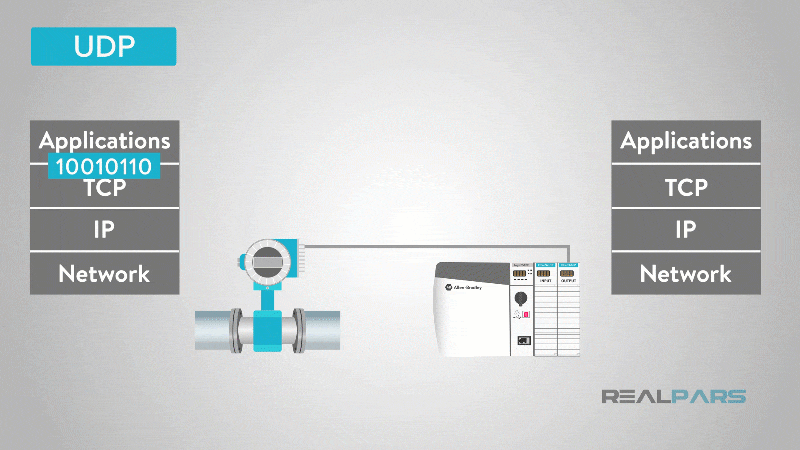What is Ethernet/IP?


Before we discuss industrial Ethernet applications, let’s separate the terms between Ethernet and IP protocols.
When most people think of Ethernet, we think in terms of a physical connection.
You may have an Ethernet port on your computer in which you plug in a cable that then connects to a router or switch. This connection type is typically called a LAN connection.

However, Ethernet is not a connection type but instead, an IEEE protocol.
In our everyday use of the Internet we typically just say that we are connected via Ethernet or Wireless. It’s much easier to say Ethernet than to get into the weeds of the actual terms of connection protocols, stacks, layers, and the like.
Now that we have said that Ethernet is a protocol versus a physical connection, let’s get a little into the weeds of some of the terms.
Most communications to our computers or devices travel over one or more networks via something called a “packet”.
Since there is a multitude of devices that may want to send and/or receive data there have to be some common rules for sending and receiving these packets. This is where the Ethernet “protocol” comes

One of the most commonly known protocols is the TCP/IP protocol. This protocol is widely used in internet communications.
The term TCP/IP relates to TCP or “Transmission Control Protocol”, where the IP is “Internet Protocol”.
There are other protocols such as “Open System Interconnection” or OSI but for simplicity sake, let’s stick with TCP/IP for now.
The TCP/IP is a layered protocol. Those layers are:
– Applications
– TCP
– IP
– Network
Basic functions are explained but there are many, many details in each layer.
Each layer has a function that it performs and when complete, is then passed to the next layer.

In terms of the internet, the transmitting computer will pass its data to the applications layer.
This layer works with the applications software to provide communications that may be required such as HTTP, FTP, POP, DNS, IMAP, etc.
That layer will add some data that will identify and direct the data and then passes to the TCP layer.
The TCP layers job is to pack and unpack data and do some error checking.
On to the IP or Internet Protocol layer, where some more identifiers are added and then the data is transferred over the Network layer who then packages the data into Ethernet packets or whatever other protocol is required prior to transmission over to internet service provided device.
These data move up and down the stack or layer continuously, getting packed, unpacked, headers and info added, deleted, etc.
So through this TCI/IP protocol explanation, you learned that the transmission of the data results in an Ethernet packet.

The device (Applications Layer) which can be Facebook, Google, a VFD, or a Flow Transmitter, will present its data and layer by layer, the data is massaged and is then transmitted via an Ethernet packet to the Network layer which in turn is connected to your computer or PLC.
Now that we have explained the Ethernet packet, we can get into the “IP” part of the Ethernet/IP or EIP description.
“IP” in this case now correlates to Industrial Protocol versus the previous description of Internet Protocol.
Confused yet? The “IP” part of this protocol is simply the use of the Ethernet infrastructure in conjunction with the Industrial Protocol which used Common Industrial Protocol or CIP layers that combine with the TCP/IP or User Datagram Protocol (UDP) layers to create a protocol that can be used to support data exchange and control applications.
We need to break down the TCP/IP or UDP protocols slightly to give you an idea of which application may use which type.

In the TCP/IP protocol, there is somewhat of a send/receive acknowledge relationship.
The packets go down the stack, received at the device connected to your network, a receipt confirmation goes back up the stack to the applications layer.
This type of protocol may be used with a VFD where you command a speed and need to ensure that the VFD received the message.

Conversely, with the UDP protocol, this is the continuous transmission, not requiring a receipt acknowledgment.
This protocol would be used in something like Ethernet I/O on your PLC or a Flow Transmitter.
These devices will constantly send the state of their data. If a packet wasn’t received, it’s not a deal breaker as the next packet is right around the corner.

CIP uses object-oriented design to present things like a device profile for a VFD.
If you have ever used a CIP message instruction within your PLC device, you know that you research the type of data you desire such as frequency, speed, or faults and you add that assembly number to your CIP instruction.
The data exchanged is a number of data registers that you, in turn, map to your tags for desired data.

This Ethernet/IP is compatible with many standard Ethernet switches used within the Industrial Automation arena which makes it easy to implement.
Combinations of data speeds of 10 or 100 Mbps are easily handled with these off the shelf switches.
In the simplest terms, Ethernet/IP is Ethernet packets used with the Industrial Protocol of CIP, TCP/IP, and/or UDP layers to provide the required data to your controller.

What new insights did you glean from this article on Ethernet/IP? Let us know in the commets below!
The RealPars Team
Learn from
industry experts
with a free 7-day trial, then $25/month


